Natural Pet Health
Cancer in Pets
Did you know that one in four dogs and one in five cats will develop cancer in their lifetime and yet elephants don’t get cancer? Our DNA and that of our pets has a large part to play in the development of some cancers, with some animals/breeds genetically disposed to developing the disease. However, most cases of cancer are caused by gene mutations brought on by environmental factors including diet and chemicals in your pet’s environment and keeping your pet’s diet and environment as natural and as chemical free as possible is the first step to take in the fight to prevent cancer. November is Pet Cancer Awareness Month and in this article, Tom Farrington MVB MRCVS VetMFHom – Chief Veterinary Medical Advisor for HomeoPet – discusses Cancer in pets – what it is, the signs, what causes it and how we can help prevent it, together with some wonderful examples of cancers in dogs that have responded positively to natural treatment.
What is Cancer?
Cancer is an uncontrolled growth of abnormal cells and is found in animals as well as humans. Usually, old or damaged cells are destroyed, but occasionally one will keep reproducing, creating more and more rogue cells. The eventual result is a tumour. According to the American Veterinary Medical Association (AVMA), cancer causes almost 50% of deaths in pets over the age of 10 and it is one of the leading causes of death in companion animals such as dogs and cats.
Types of Cancer
There are many different types of cancer found in animals and symptoms are often similar to those in people (eg. abnormal swelling, unexplained weight loss, lethargy / reluctance to exercise etc). Some common types of cancers in pets include: skin, breast, head and neck, lymphoma, leukemia, testicular, abdominal, and bone. Examples of cancers commonly found in pets that are also commonly found in humans are lymphoma, melanoma, and osteosarcoma. Cutaneous histiocytoma is the most common canine tumor type reported overall in the United Kingdom, followed by lipoma, adenoma, soft tissue sarcomas, mast cell tumor, and lymphomas
Signs of Cancer
Various changes in your pet’s behavior or appearance, such as those listed below, might indicate the development of cancer and knowing your pet and understanding what is normal for him or her is essential for early detection.
- A growing or changing lump
- Swollen lymph nodes
- Sudden abdominal swelling
- Unexplained bleeding from the mouth, nose, or genital area
- Difficulty when breathing, chewing, swallowing, urinating, or defecating
- Persistent sores or swelling
- Unexplained bad breath or other odor
- Dry cough
- Lowered stamina
- Recurrent vomiting or diarrhea
- Loss of weight or appetite
- Lack of interest in physical activities
- Indications of physical discomfort, such as lameness or stiffness
These are not always signs of cancer; however, paying attention to such changes and bringing them to the attention of your veterinarian as soon as they occur can increase the chance that a cancer will be detected and treated at an early stage.
What causes Cancer in pets?
Family History and Genetic Factors
Our DNA and that of our pets has a large part to play in the development of some cancers, as our genetic disposition towards cancer comes built in to ours and our pets DNA in the form of gene mutations and the number of cancer genes we inherit. Some animals and specific breeds of animals are genetically disposed to developing the disease. For example, melanomas are particularly prent in grey horses, while in dogs the Irish Water Spaniel is the most susceptible breed, closely followed by the flat coated retriever. Gender also has a role to play in specific forms of cancer, where testicular cancers are found in males (together with commonly associated anal adenomas), while breast cancer occurs in females.
Environmental Factors
Although genetics is an important causal factor in cancer development, most cases of cancer are caused by gene mutations brought on by environmental factors including diet, or chemicals in your pet’s environment. For us humans, a large majority of cancers are related to risk factors present either in the environment or in the diet and because pets live in the same environment as their owners, they are exposed to many of the same environmental hazards that have been identified as risk factors for humans. Known carcinogens that may directly contribute to the development of cancer in pets include ultraviolet radiation from long exposure to the sun; second-hand tobacco smoke; a variety of herbicides, insecticides, and pesticides commonly used in agriculture; and the air pollution and smog common in many urban areas, or even something as common as air fresheners. Just as humans differ in their response to carcinogens, so do animals. You pet is an individual and some pets will have higher or lower sensitivity to risk factors than others.
Age
While Cancer can occur in puppies and kittens, the waiting room of a veterinary cancer specialist is pretty much a geriatric zone. There are two primary reasons for this. Firstly, as an animal ages it becomes more and more likely that a cell will divide incorrectly and produce a “mistake” that could lead to mutation. Such a mutation could, in turn, lead to cancer. It is probable that the weakening of the immune system due to age plays a role in the body’s ability to control mutated cells that could become malignant. Secondly, the longer a pet lives, the longer the animal is potentially exposed to environmental carcinogens and the higher the chance that a carcinogen could affect the genetic material (DNA and RNA) in a cell and cause cancer.
Viruses and Other Known Causes of Cancer
Viruses are known causes of some cancers in pets. For example, feline leukemia virus is a common cause of death in cats, with up to 30% of cats persistently infected with this virus developing cancer in their lifetime. A type of cancerous wart (known as an oral papilloma) that develops in the mouth of dogs, especially younger dogs, is also caused by a virus. Some cancers are sexually transmitted. The genital cancer of dogs known as canine transmissible venereal tumour is transmitted during sexual intercourse. While cancer cannot be caused by short-lived physical injuries such as bumps and bruises, the sites of serious traumatic injuries may develop cancer, occasionally years after the injury. For example, the location of bone fractures (especially if the fracture is recurring) or the sites of implants (such as pins or metal plates) have been shown to have a higher risk for sarcomas than other areas of the body. This information has caused speculation that chronic inflammation may contribute to cancer development.
Treatment & prevention – The fight against cancer
With genetics having such a large role to play in the development of cancer, you might be resigned to think that there is nothing we can do. However, in a lot of cases there is much we can do.
Spay or neuter
The most common cancer preventive step is spaying or neutering, where spaying young females does, to a large extent, prevent breast cancer. Female dogs that have not been spayed have a risk for breast cancer that is 200 times greater than that for dogs that have been spayed before the first heat. For male dogs, the risk of testicular cancer is eliminated with neutering. It’s important to bear in mind that although neutering does reduce the incidence of local cancer, some research does show that it can increase the overall risk of cancer. However the overall societal benefits can outweigh the downsides.
Good Nutrition and General Care
No diet has been proven to prevent cancer in animals. However, good nutrition and general care not only provide what your pet needs to lead a healthy life, these things will also make it easier for your pet’s body to fight cancer and other diseases. Feeding your pet a nutritionally appropriate diet that is high in antioxidants and low in carcinogens is a crucial step towards the prevention of Cancer. It is important remember many carcinogens in diet can be created through heating food – yet another benefit of feeding a raw food diet, while many food preservatives are also known carcinogens. Just as in our human diets, we need to look past not just the chemicals added to the final diet itself, but also those found in the source food. Was any cereal present in the food treated with chemicals? What about the vegetables and even the meat? These are all questions we must ask. Additionally, avoid compounds such as BPA and its many related plastic softening compounds. BPA is commonly found in plastic food bowls and is one compound suspected of being related to Thyroid cancer. It’s important to be aware there are commercial diets available for specific cancers and the diet should be altered depending on the type of cancer. Your veterinarian will be your guide in this regard, but if your pet is unfortunately affected by cancer a book well worth reading is the Dog Cancer Survivors Guide by Dr Damian Dressier .
Reducing Other Known Risk Factors
By controlling your pet’s exposure to sunlight and ultraviolet radiation, you can significantly reduce the risk of skin cancer. The areas on an animal’s body that are most likely to develop skin cancer are those with little or no hair or those that do not have pigmentation (color). Consequently, owners of animals with white or light coats or skin should protect their pets from direct exposure to sunlight, especially during the hours when ultraviolet radiation is strongest. Ultraviolet rays are strongest during the summer months between noon and 4:00 p.m. during these hours you should keep your pet indoors, or ensure they have access to a well-shaded area. Among humans, smoking and other tobacco usage is a leading cause of cancer and smoking is not only dangerous for the smoker; it also endangers the health of others exposed to tobacco smoke, including your pets. Pets that inhale secondhand smoke are more likely to develop cancer and other health problems than animals that live in a smoke-free environment. So why not do yourself and your pet a favour and ditch the cigarettes?!
Detoxification
Homeopet Liver Rescue has many ingredients which help the body remove and detoxify from the many chemicals our pets are exposed to on a daily basis and is particularly effective alongside a good diet containing plenty of antioxidants.
Early Detection
All pet owners should monitor their pet’s health regularly, looking out for the many possible signs of cancer listed above. Although we may take all possible steps to reduce our pet’s risk of Cancer, all animals (especially older ones), should be considered at risk for cancer and receive physical examinations by a veterinarian at least yearly, including blood and urine tests. Skin maps are used by some veterinarians to track skin masses on pets. These records allow the veterinarian to quickly identify any new masses or unexpected growth of existing masses and test them to determine whether or not such masses are cancerous. The earlier cancer is detected and diagnosed, the easier it is to treat and the better the outcome of the treatment is likely to be. Even if cancer cannot be avoided completely, early treatment offers the best chance for survival and a return to a normal, healthy life.
Pet Cancer Case Studies
Below are two case studies of cancer cases in dogs that have been treated naturally, through homeopathy.
Oral Cancer in Dog
The first is a before and after of an oral cancer treated by our own Tom Farrington (MVB MRCVS VetMFHom). In this case, the only treatment the dog received was homeopathy. The initial treatment was with Pumbum Metallicum 200c, which had no impact whatsoever, but thereby acted as its own placebo control. Subsequently, Aurum Muriatricum 200c was used and the cancer responded positively, to a full resolution.
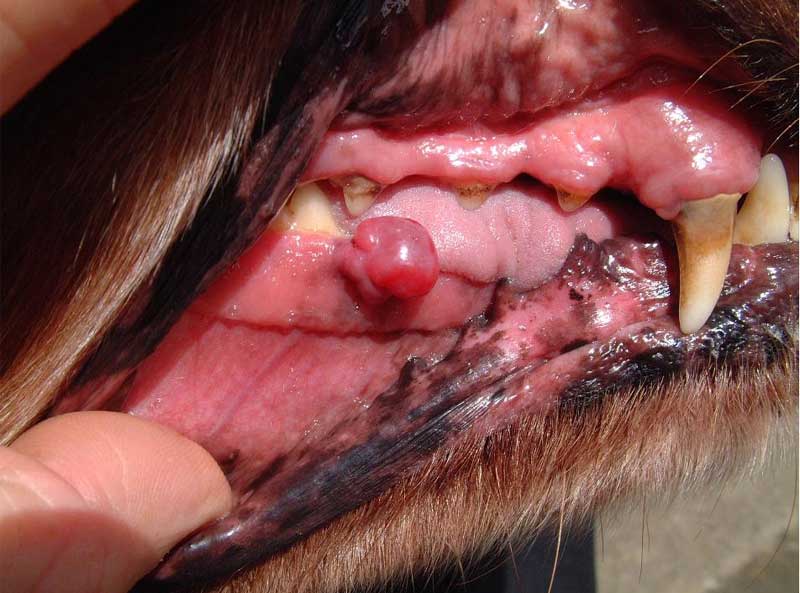
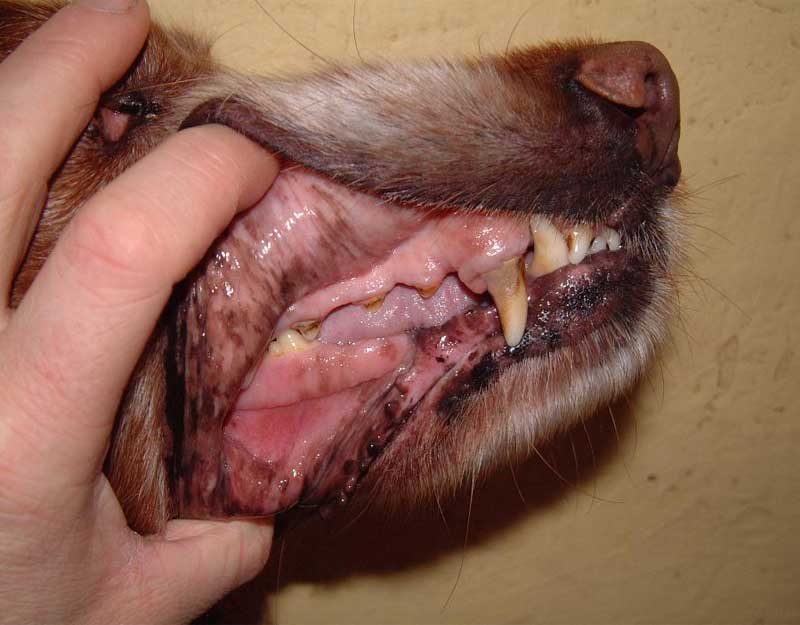
Bone Cancer in Dog
The below images are courtesy of Geoff Johnson of The British Association of Homeopathic Veterinary Surgeons (BAHVS) and shows Chewie, a dog with a squamous cell carcinoma, which has responded incredibly well to Homeopathic treatment. You can read the full story of Chewie’s treatment here.
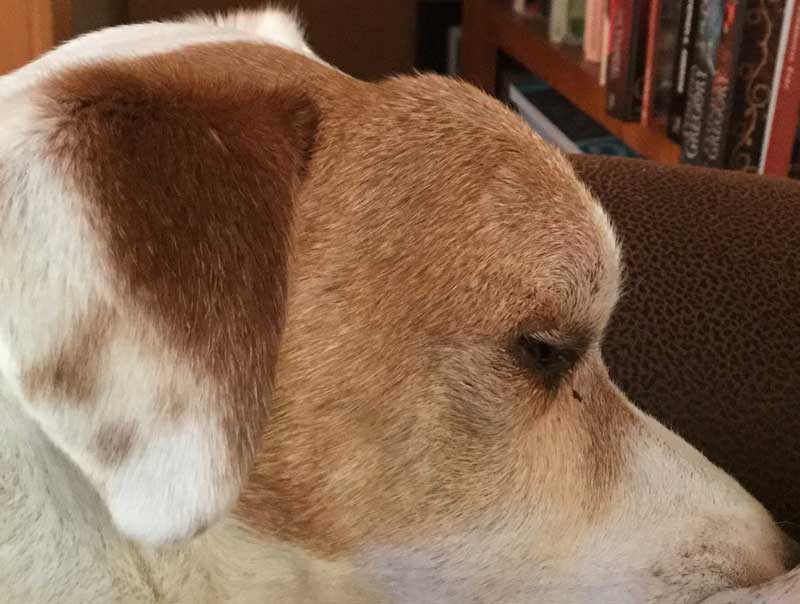
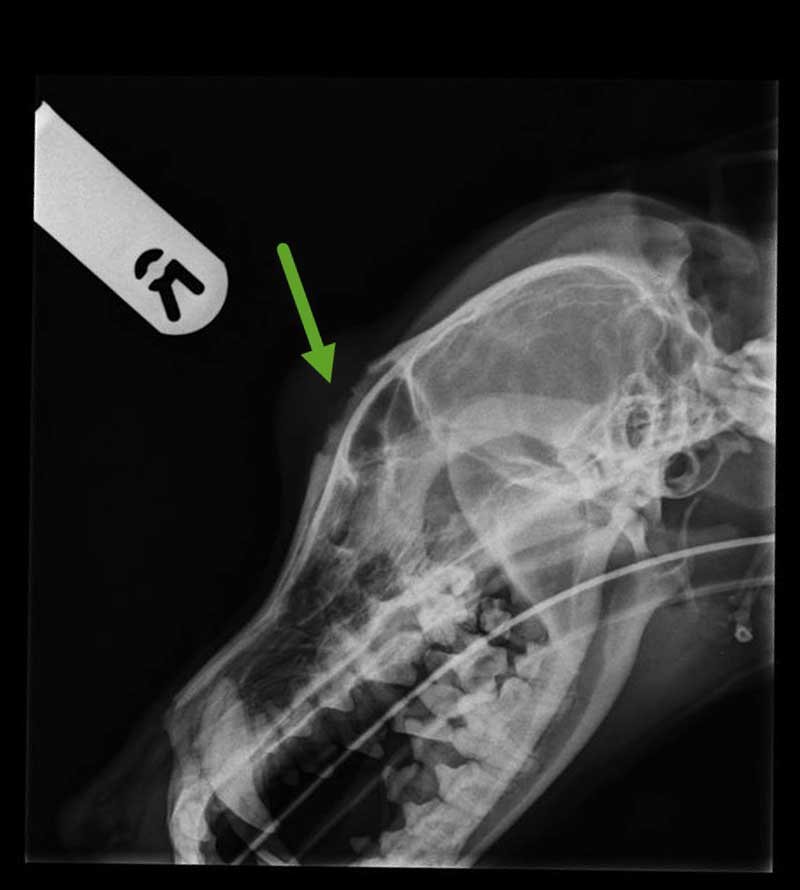





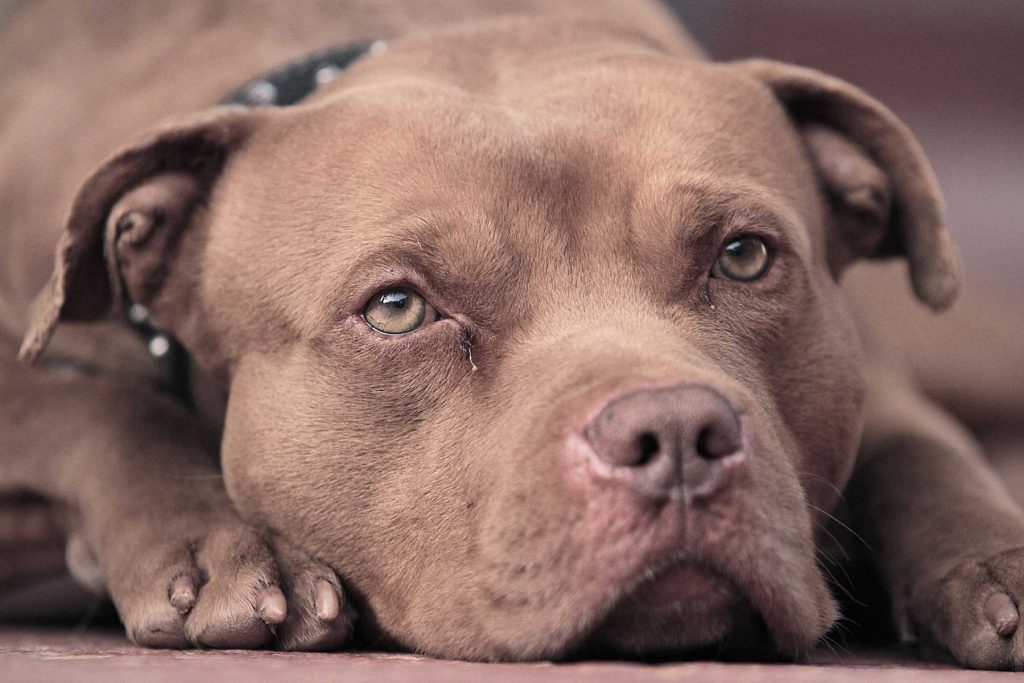
Great information. As seen in the first case (oral cancer) it appears my Am Staff has the same or similar growth on the gum. He also suffers which appears to be Cushing’s Syndrome, interdigital cyst and had and may still have demodex on the feet. Conventional medicine failed. Using homeopathy and herbal medicine.
Pingback: Steps for a Pet Friendly Home - HomeoPet